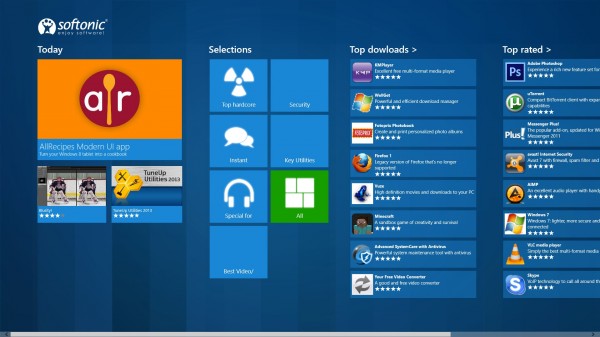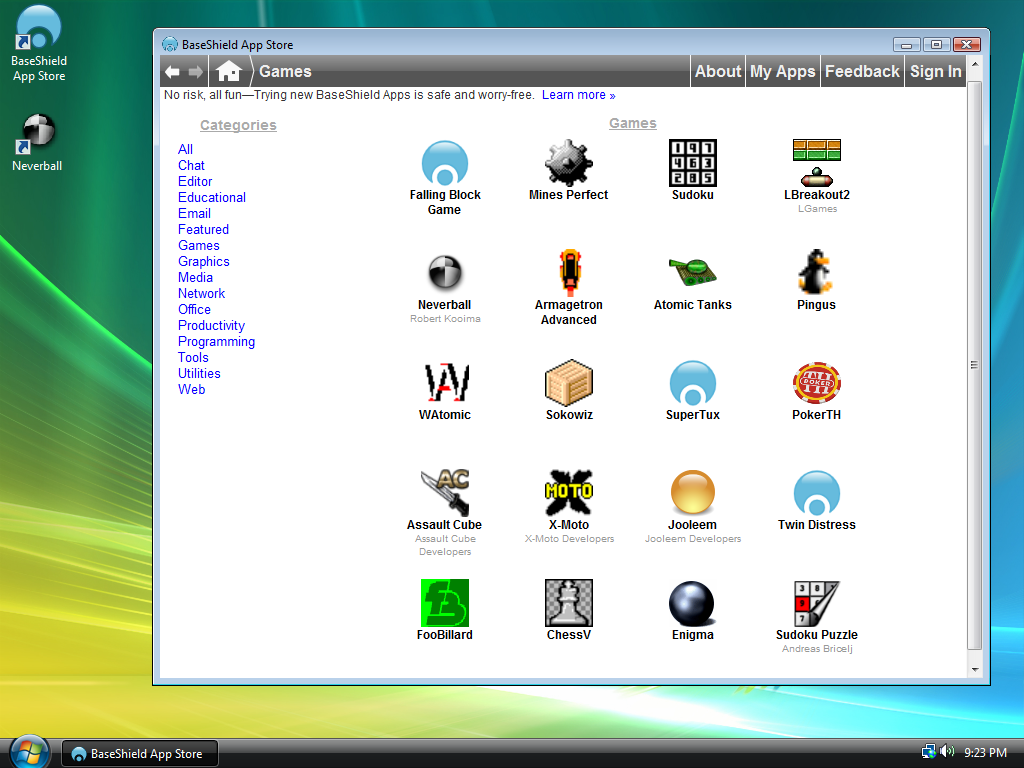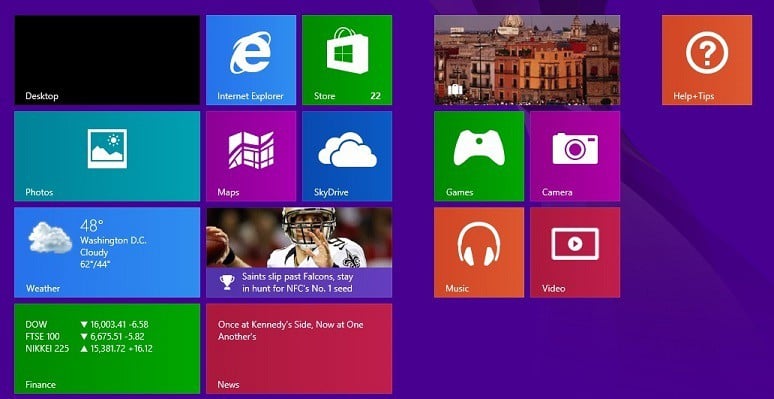Windows Store App Software Downloads
I’ve long recommended the free as your one-stop shop for desktop applications. Simply click on the applications you want and Ninite will download the latest version, absolutely free of crapware, install them, and leave you in the driver’s seat.
- Download the latest from Windows, Windows Apps, Office, Xbox, Skype, Windows 10, Lumia phone, Edge & Internet Explorer, Dev Tools & more.
- HKEY_LOCAL_MACHINE SOFTWARE Microsoft Windows CurrentVersion Appx AppxAllUserStore. Look for the folder named the same as the SID for the user you want to clear the Windows Store app cache for and delete. Now restart you system and all downloads from the Windows Store app will be cleared.

As we went to press, Ninite supported 87 different Windows programs ( in the paid version, $50 per month for up to 25 machines). The beauty of the Ninite approach? Each app is a click away: no fuss, no nags, no charge. It’s the best way I know to install a bunch of good programs on a new machine in minutes. The downside? It misses a few of my favorites - and it doesn’t touch UWP/Windows Store “Metro” apps.
Windows app store free download - App Store for Windows 10, Palm App Store (Palm OS), Your app in the store for Windows 10, and many more programs. Stay Private and Protected with the Best Firefox Security Extensions The Best Video Software for Windows The 3 Free Microsoft Office Photo Editor Alternatives Get the Best Free Snipping Tool for.
Refman 12 keygen for mac. I used to recommend Secunia Personal Software Inspector (PSI) for ensuring that installed programs are up-to-date. I’ve switched to Ninite’s $10-per-year.
It works better. While you can manually run the free Ninite anytime and the latest versions of your apps get installed, Ninite Updater proactively watches your installed programs and warns of any available updates. Ninite Updater even works with programs that you installed manually - as long as they’re among the apps. Unless you’re attached to a corporate network with a well-managed Update Server, Win10 will give you all of Microsoft’s patches, according to Microsoft’s schedule. You can usually keep the reboot limited to a time when you aren’t working, but the patches come whether you want ’em or not. Worse, if you uninstall a patch, every time you reboot or log on again, the same patch comes barreling at your machine.
It’s like Sisyphus 10.0. As long as Microsoft’s patches all work, all of the time, that’s great.
But the minute there’s a problem - a faulty driver, a cumulative update that refuses to install, a conflict between the patch and one of your programs - forced updating can cause mayhem. Fortunately, Microsoft has a program that allows you to block and hide specific updates.
Wushowhide, known by its cryptic Knowledge Base number KB 307930, scans to see which updates are pending and lets you hide individual updates. To use it, head over to, then download and stick wushowhide.diagcab on your machine.
Next, follow these steps precisely: 1. Run wushowhide.diacab. This part’s important: Click the link marked Advanced. Uncheck the box marked 'Apply repairs automatically.' Wushowhide will run for a long time. When it comes back up for air, click the link to Hide Updates.
You see a list like the one in the screenshot. Check the update(s) you want to avoid, click Next, then Next again.
The chosen patch(es) won’t be installed, until you go back and uncheck it. Depending on your version of Win10, you may have options to slow down updates.


No matter what Win10 says, this tool will block an update dead in its tracks - but watch out. If Microsoft releases a new version of a patch, it’ll switch off the “hidden” checkmark, so you have to go back and hide it again. I’m forever amazed at how many Win10 users don’t know they can keep full, incremental, accessible copies of their files with a couple of clicks using a utility that ships with Windows. Once enabled, Win10’s File History takes snapshots of your files, allowing you to go back to older versions with a right-click. You need a second hard drive - internal, external, or over a network - with enough free space to store your backups. Click Start Settings Update & Security Backup.
If “Back up using File History” isn’t set up yet, click the button marked Add a Drive to specify your target backup drive. After the first run, you see the “Automatically back up my files” slider (screenshot), which automatically backs up all the files in your User folder. You can click on More Options to add more folders. After that, backups happen 'automagically.'
To bring back an old version, go to File Explorer, right-click a file, and choose Properties Previous Versions. You can get to versions of the files made long, long ago.
File undelete has been a mainstay PC utility since DOS. But there's no better 'undeleter' than (pronounced 'recover' in a Boston accent): fast, thorough, free. When you empty the Windows Recycle Bin, files aren't destroyed; rather, the space they occupy is earmarked for new data.
If you delete files on a USB drive (screenshot) or an SD card, they’re treated similarly, without the Recycle Bin as a safeguard. If you delete files on an SD card using a phone or tablet, heaven help ya! That’s where Recuva (free for personal use, $35 each for ) comes in. Undelete routines scan the flotsam and put the pieces back together.
As long as you haven't added new data to a drive, undelete (almost) always works; if you've added some data, there's still a good chance you can get back most of the deleted stuff. With more than a dozen competing tools available for examining the innards of your machine, coming up with the “best” revolves around what you need and what you expect. I’ve long recommended and, but of late I’ve settled on (free for everybody).
Like other hardware/software scanners, Speccy ferrets out all sorts of information, including real-time monitoring of internal temperatures, and a full SMART status report for each drive. The operating system report for Win10 includes details such as your Windows Update status, antivirus in use, scheduled tasks,.Net Framework versions installed, and much more. Unlike other examining programs, Speccy makes it easy to output reports, including free website posting. Speccy can be installed, or it can be run “portable” with no installation required. Both Speccy and Recuva (preceding slide) are made by Piriform, which also CCleaner. I don’t recommend because many people use it to clean their registries - and some rue the day they did. I realize that’s a religious statement open to debate, but I firmly believe the potential downside to using a registry cleaner far exceed the potential upside of cleaning out a few KB of aberrant entries here and there.
If you use CCleaner for one of its many other features and studiously avoid registry cleaning, it’s a good one to add to your arsenal. Well and truly uninstalls desktop programs, and it does so in an unexpected manner. (To get rid of a UWP/Windows Store app, you have to use Win10 itself with, for example, Start Settings System Apps & Features.) When you use Revo, it runs the program’s uninstaller and watches while the uninstaller works, looking for the location of program files and for Registry keys that the uninstaller zaps. It then goes in and removes leftover pieces, based on the locations and keys that the program’s uninstaller took out. Revo will also uninstall remnants of programs that have already been uninstalled. Revo consults its own internal database for commonly-left-behind bits and roots those out as well. The not-free version (from $40 but frequently discounted) monitors your system when you install a program, making removal easier and more complete.
Windows Store App Software Downloads Windows 7
It also pushes harder to remove bits and pieces of programs that leave detritus behind when they’re uninstalled. Get it from Ninite.